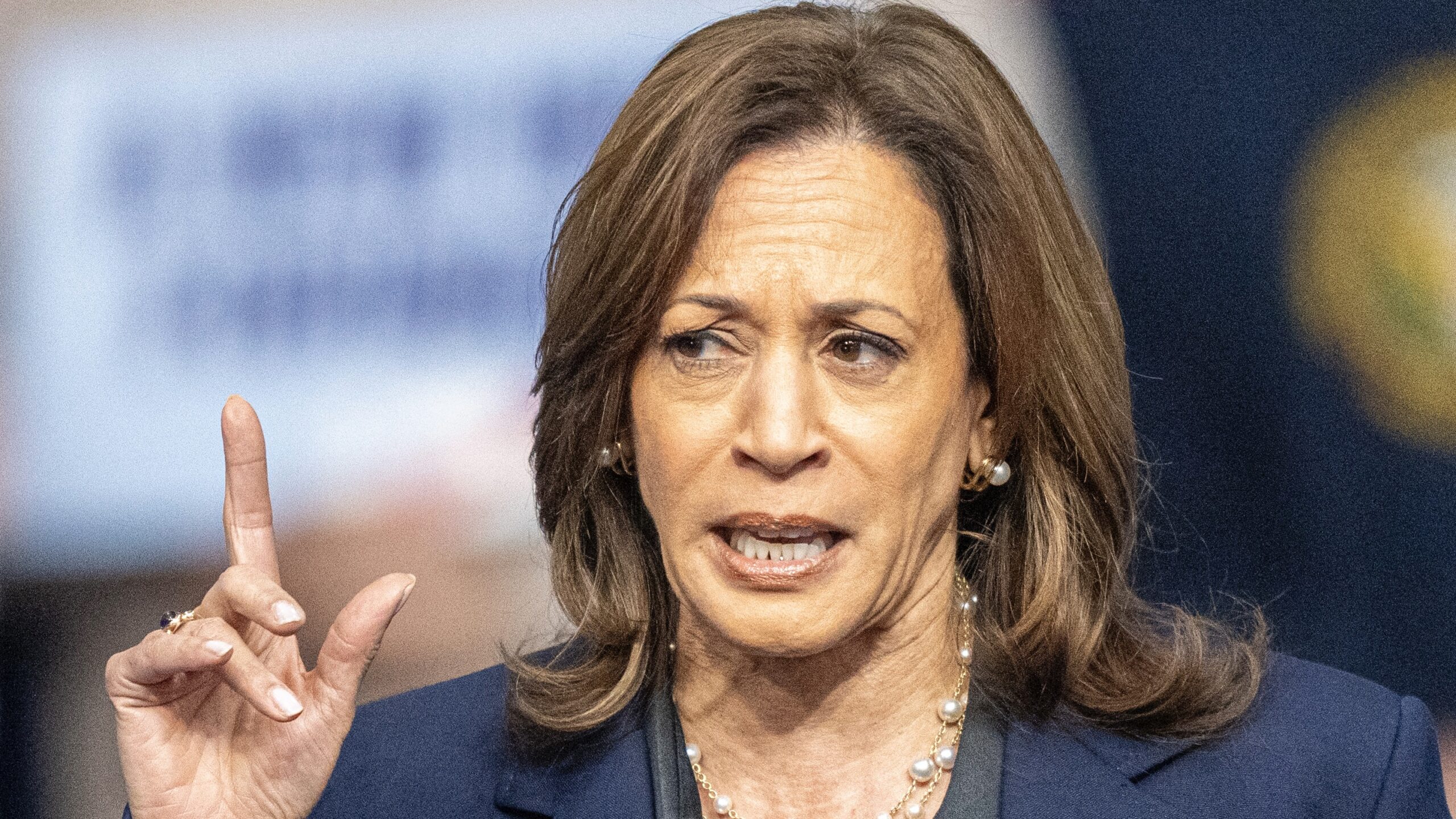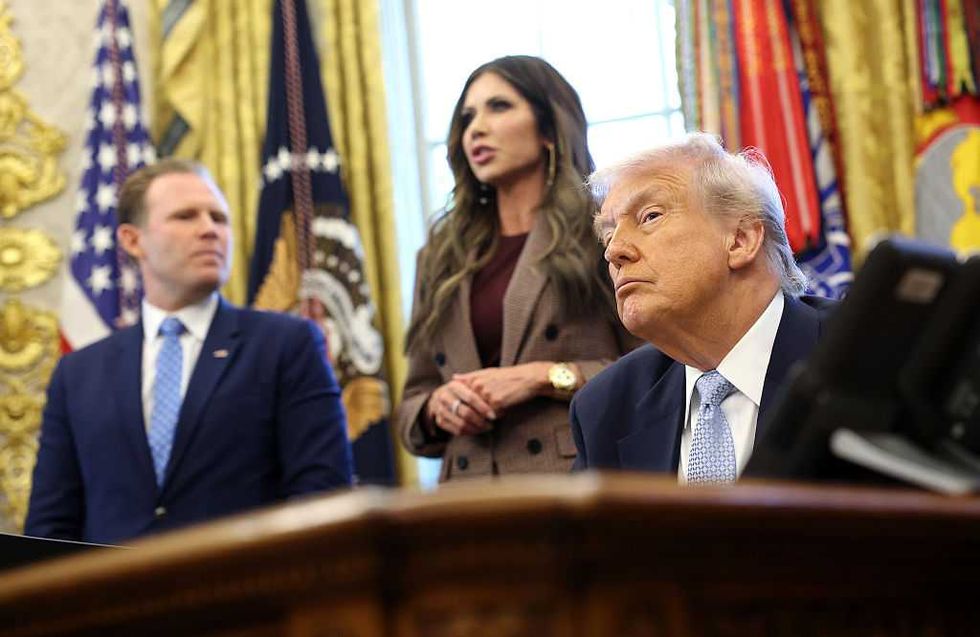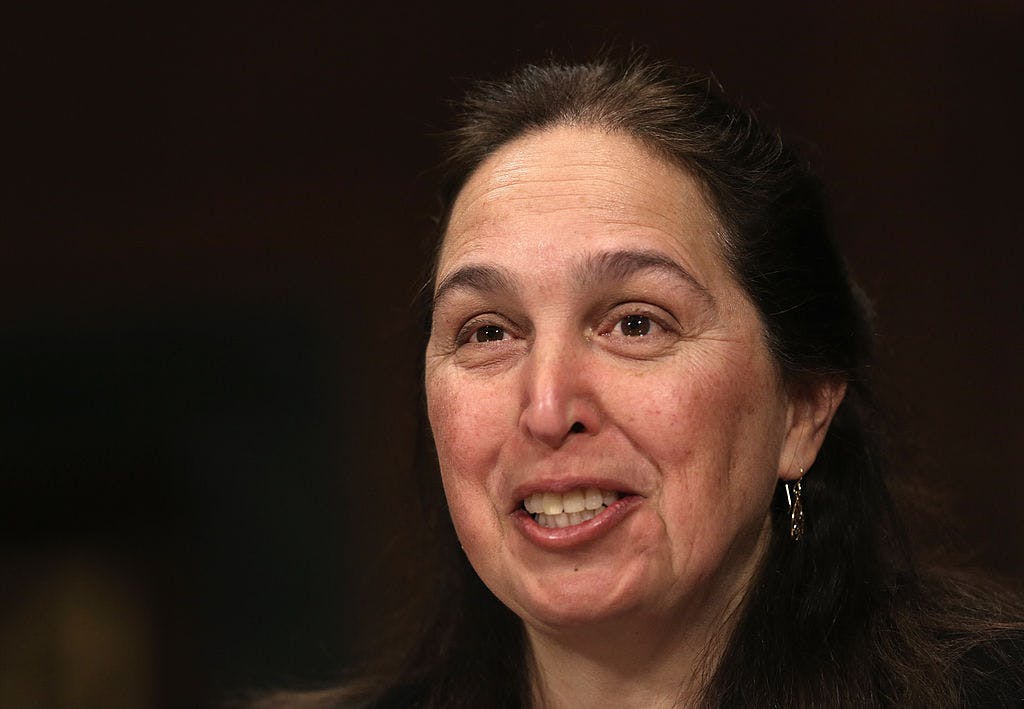Rand Paul Is Right About the Debt

“Let’s talk about the deficit.”
That is what Senate Minority Leader Chuck Schumer, D-N.Y., said on the Senate floor on Monday, June 2.
“For years, Republicans screamed about fiscal responsibility. But now Republicans are backing a bill that could add over $50 trillion to the national debt over 30 years,” Schumer claimed—without citing a source—in a speech about the One Big Beautiful Bill Act.
“Senate Democrats,” he said, “will fight this bill in committee, on the floor, and in the court of public opinion every step, every day, and every possible way.”
When Schumer was the Senate Majority Leader—from Jan. 20, 2021, to Jan. 2, 2025—the federal debt increased by $8,412,250,490,631.05, according to the U.S. Treasury. That was an average of more than $2 trillion per year.
Schumer was followed on the Senate floor on June 2 by Sen. John Cornyn, R-Texas, who admitted that the federal debt was a serious problem—and that Congress must confront it.
“But one of the most important things that we need to do in this budget reconciliation process is to finally—come to grips with our national debt,” said Cornyn. “We are approaching $37 trillion in debt, which is more money than any human being can actually imagine.”
“We are now spending more money on interest on the national debt than we are to defend our nation, which is the No. 1 job of the federal government,” he said.
“We have kicked the can down the road so long that we simply have run out of road,” said Cornyn. “While the reality of the situation means we will not, in one fell swoop, actually balance the budget, this Big Beautiful Bill is an opportunity, at the very least, to bend the curve of our debt trajectory to begin that process.”
What does the One Big Beautiful Bill Act do about the debt?
The 1,037-page version that the House approved on a 215-214 vote says on its very last page that the debt limit “is increased by $4,000,000,000,000.”
The budget resolution the Senate approved by a 51-48 vote on April 5 included a provision to “increase the statutory debt limit by not more than $5,000,000,000,000.”
The total federal debt first topped $5 trillion on Feb. 23, 1996, when it hit $5,017,056,630,040.53—220 years after this Republic was founded. In the 29 years since then, it has increased by $31,197,344,034,814 to the current level of $36,214,400,664,854.53.
Another $4 trillion increase in the debt would put it over $40 trillion for the first time.
As of April, there were 163,944,000 people employed in the United States, according to the Bureau of Labor Statistics. The current federal debt of $36,214,400,664,854.53 equals approximately $220,895 for every one of those workers. Increasing the debt by $4,000,000,000,000 would put an additional burden of approximately $24,399 on that workforce. Increasing it by $5,000,000,000,000 would add approximately $30,498 per worker.
Is that what Republicans want to do?
In the first seven months of this fiscal year (October through April), the federal government ran a deficit of $1,048,730,000,000, according the Monthly Treasury Statement.
At that pace, a $5 trillion increase in the debt limit would probably get members of the current Congress through next year’s midterm elections without having to deal with the debt limit again.
Sen. Rand Paul, R-Ky., told reporters on Monday—as shown in a video posted by Fox News—that he would not support the reconciliation bill if it includes this massive increase in the debt limit.
“The bill increases the debt ceiling by $5 trillion,” said Paul. “This will be the largest increase in the debt ceiling ever in our history. And we have never raised the debt ceiling without actually meeting that target. So, you can say it doesn’t directly add to the debt, but if you increase the ceiling $5 trillion, you’ll meet that. And what it does is it puts it off the back burner and then we won’t discuss it for a year or two. So, I think it’s a terrible idea to do this.
“Also, we have to put this in context,” he said. “In March, we voted to continue spending. During the campaign, Republicans said they were against Bidenomics and Bidenflation and Biden spending. In March, we renewed the Biden spending levels. So, the spending levels we live under now are Biden-GOP spending levels. They’ve all come into agreement, but come the end of September when our fiscal year ends, the deficit is going to be $2.2 trillion. That’s just not conservative. They are borrowing $5 trillion, that means they are anticipating the following year being over $2 trillion as well. So, it’s just not a conservative thing to do. And I’ve told them I cannot support the bill if they’re together. If they were to separate out and take the debt ceiling off that, I very much could consider the rest of the bill.”
Rand Paul is right. A government in which Republicans control both the White House and Congress should not be increasing the debt at the levels seen when Biden was president and Schumer led the Senate.
COPYRIGHT 2025 CREATORS.COM
We publish a variety of perspectives. Nothing written here is to be construed as representing the views of The Daily Signal.
The post Rand Paul Is Right About the Debt appeared first on The Daily Signal.
Originally Published at Daily Wire, Daily Signal, or The Blaze
What's Your Reaction?
 Like
0
Like
0
 Dislike
0
Dislike
0
 Love
0
Love
0
 Funny
0
Funny
0
 Angry
0
Angry
0
 Sad
0
Sad
0
 Wow
0
Wow
0













































































